Think of a warm winter drink and mulled wine immediately springs to mind. With many different variants across Europe—from Germany’s Glühwein to Vin Brule in Italy—its heady spices and sweet finish make it a popular choice on a blustery day.

But what if mulled wine isn’t your thing? Well, Europe has a plethora of traditional, seasonal drinks, both with and without alcohol, to keep you warm this winter.
Discover the history of these delightful tipples and where you can find them today. And if COVID-19 has put a stop to your travels, don’t worry: We’ve added a recipe for each one so you can try them at home!
Winters in the United Kingdom are particularly brutal so it’s imperative to have warm drinks on hand. Everyone has heard of the honey-infused Hot Toddy, but do you know its origin? Some say the Hot Toddy—like many of the U.K.’s greatest hits—originated in India when the British Raj embraced “Tari” (the Hindi word for fermented sugar sap). Others believe the drink originated in Edinburgh’s seedy pubs, where staff would mix Scotch with a splash of hot water—sourced from Tod’s Well nearby, natch. Whatever the truth, we’re happy it’s here!
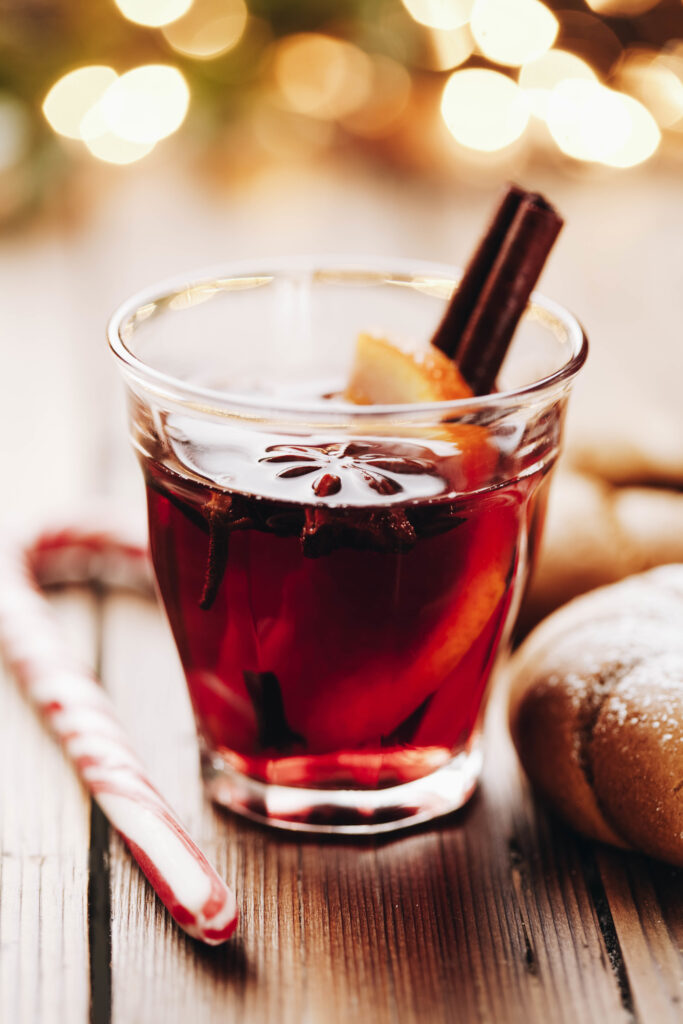
If you find yourself in Edinburgh (or anywhere in the U.K. for that matter) and need a pick-me-up, head to any pub and treat yourself to the soothing effects of this medicinal drink.
Not every winter warmer needs to be boozy. Make your way across the channel to Belgium, and be embraced by the big hug of warm drinks: hot chocolate.
Chocolate came to Belgium via the conquistadors in the 17th Century and quickly made its way across Europe.
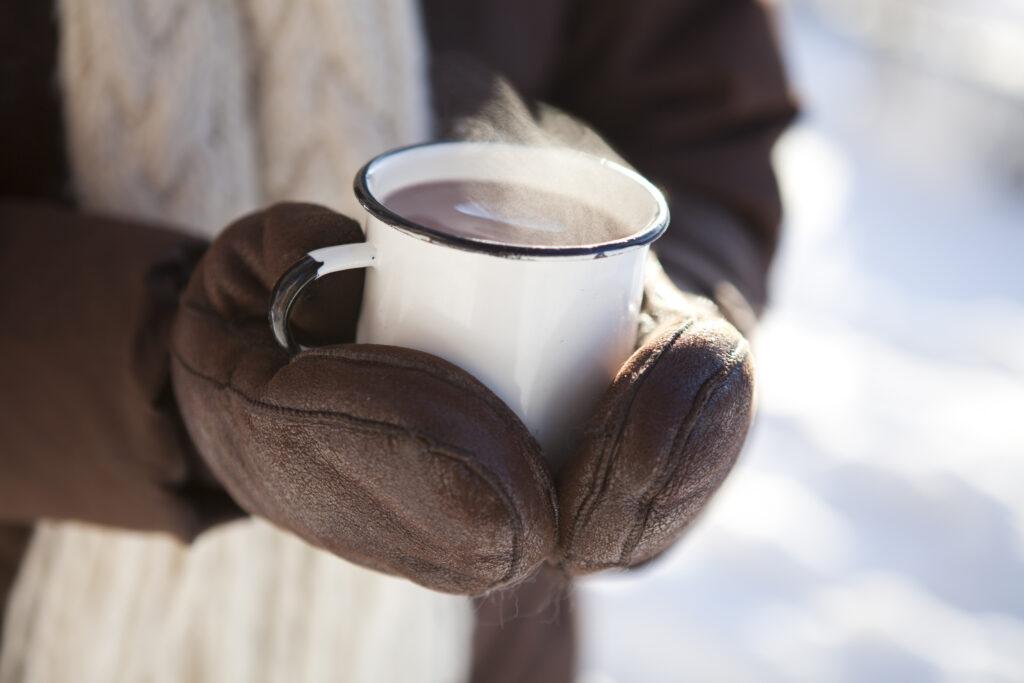

It’s said, when Zurich’s mayor, Henri Escher, tried it for the first time at the Grand Place in Brussels in 1697, he was so enamored with its richness, he brought it to Switzerland. The two countries have been vying for the title of the world’s best chocolate ever since!
If you’re making a late fall trip to Belgium (or Switzerland), then stop off at one of the many chocolatiers to enjoy their version of this sweet elixir.
Leaving the grandeur of Western Europe behind, we make our way to Austria. One of the country’s most popular winter drinks is Jägertee. Although the exact origins are hazy, it’s thought to have been invented by 19th-century hunters—Jäger means hunter in German—to stay warm during brutal winters.
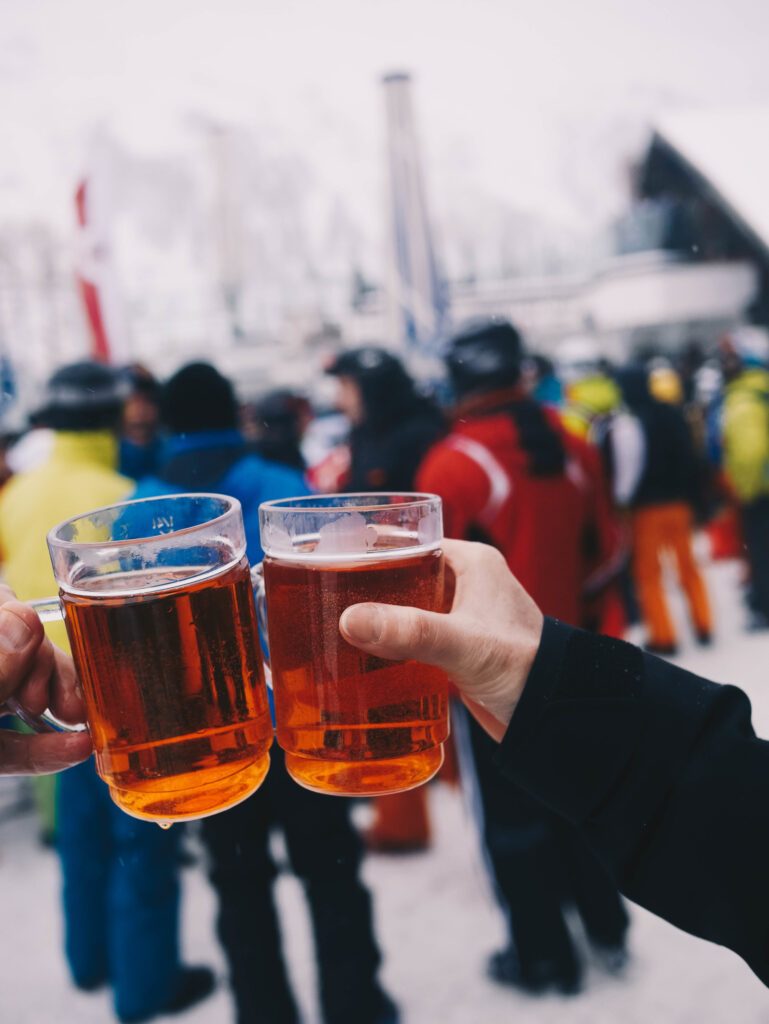
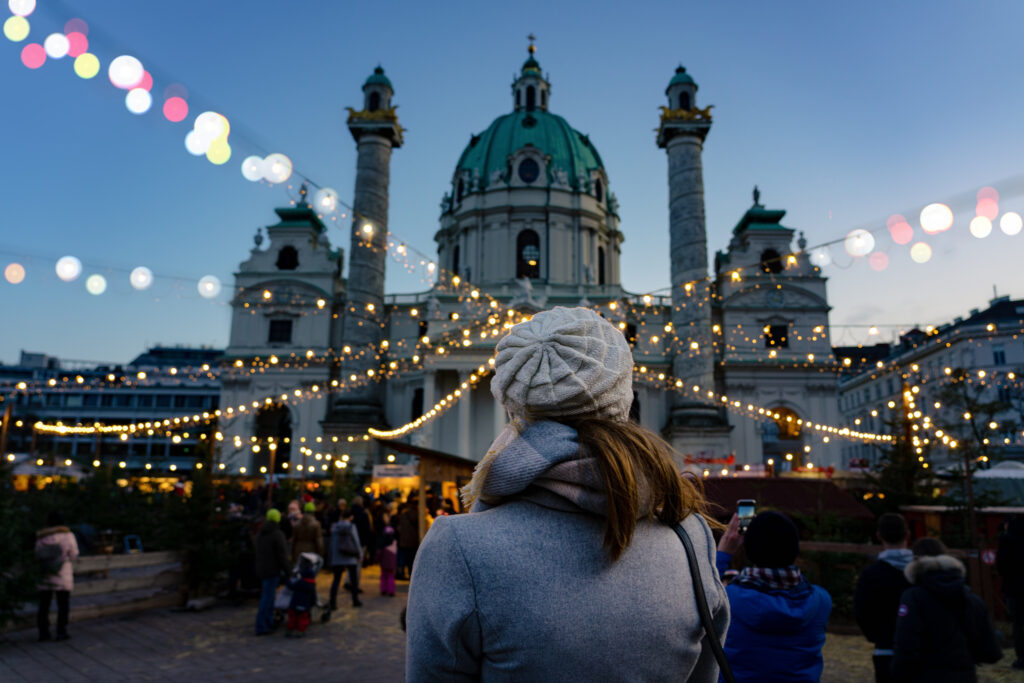
The drink is a mix of black tea, “Inländer-rum,” brandy and spices. This blend is a traditional drink in several Eastern European countries but due to an EU Protected Designation of Origin classification, Austria owns the rights to Jägertee.
Loved for its punchy kick with the ability to rouse even the most frost-bitten, it’s predominantly enjoyed during aprés-ski. If you manage to go skiing or to a Christmas market from Vienna to Salzburg, you’ll find Jägertee everywhere. But be wary: This concoction is not for the fainthearted!
In Greece, spices common in Western European drinks are present here, too, albeit with a different flavor profile. Cinnamon is often mixed with sweeter wines and spirits such as brandy.
Rakomelo, a Greek staple, dates back to Frank rule, when newly made spirits, such as Raki and Tsipouro, were mixed with herbs, spices and honey and served warm to stave off the cold. Considered a nectar of the gods, the Greeks revelled in this soothing drink.

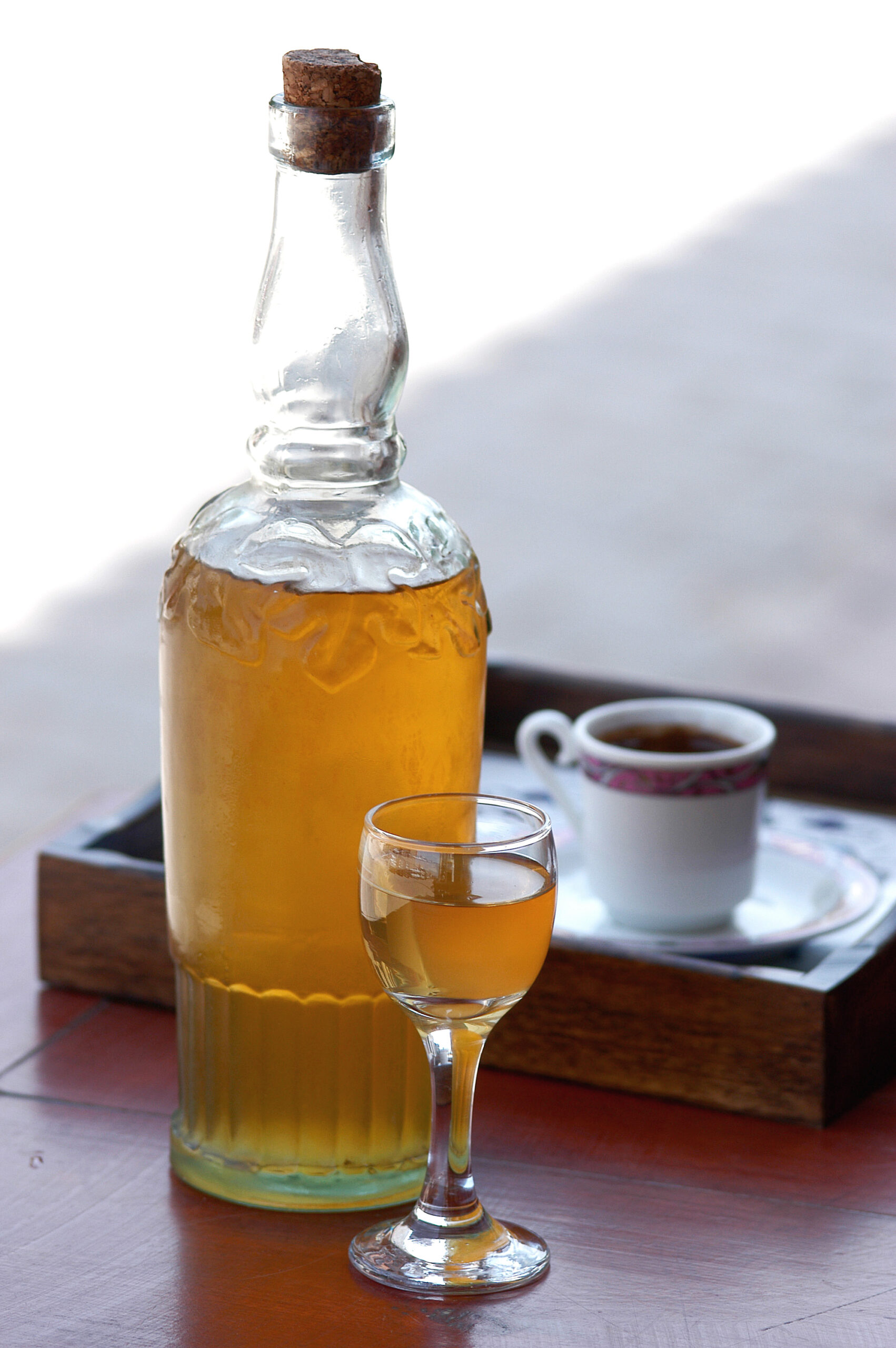
If you’re traveling to Greece then make sure to try it at a friendly, local taverna in Athens but for the real deal, head to Crete, where Rakomelo originated.
We finish our journey with a nonalcoholic specialty from the very edge of Europe. Created in the eighth century, Salep is a popular cinnamon-infused wintertime treat from Turkey.
Making Salep is arduous and time-consuming as orchid bulbs are traditionally ground into flour by hand. Orchids are in decline in Turkey so many places resort to the instant variety.
If you are fortunate to be heading to Turkey, savor the creamy, aromatic treat at any of the street stalls in Istanbul. Salep’s unique flowery taste will soothe away the winter blues.

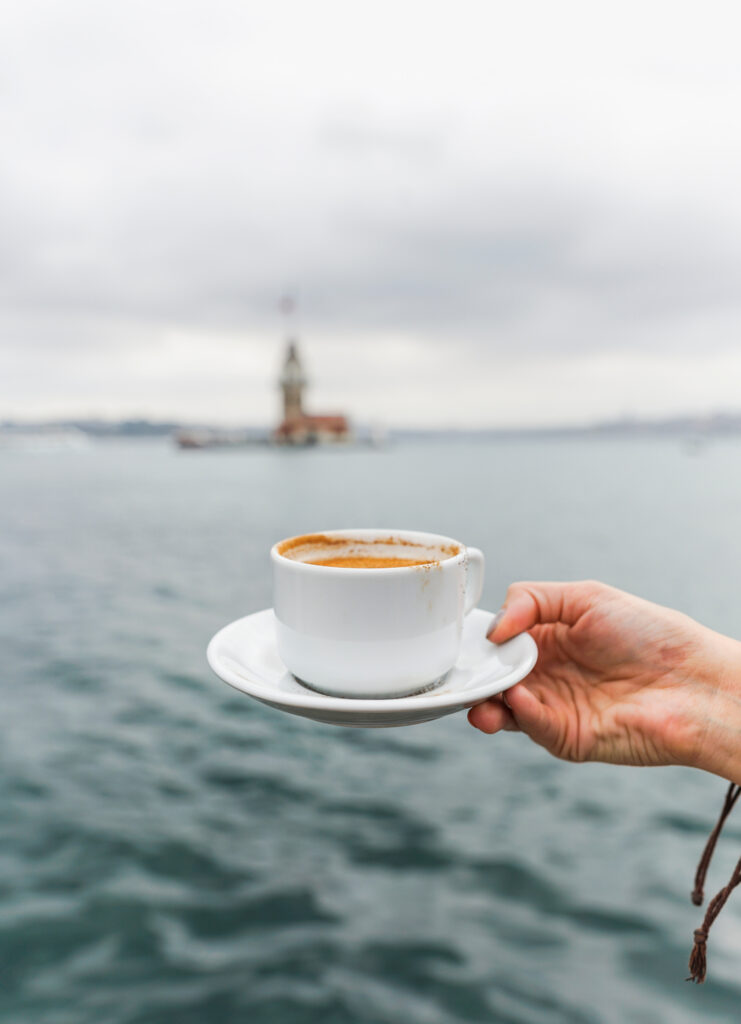
Can’t travel? Try these recipes at home
Belgian Hot Chocolate
Makes one serving
5 oz milk
⅓ cup or 14 pieces of premium Belgian chocolate
Bring the milk to the boil.
When boiling, take the milk off the heat and add chocolate. Stir until the chocolate has melted.
Put the pan on low heat and stir for another minute.
Hot Toddy
Makes one serving
2 oz blended Scotch
2 tbsp honey
1-2 tsp lemon juice
3 cloves
2 oz of boiling water
cinnamon stick (optional)
Put cloves and cinnamon into the water and gently simmer.
Pour whisky into a warm heat-proof glass, then pour in the hot-spiced water.
Stir in honey and lemon juice to taste.
Jägertee
Makes four servings
1 cup black tea
1 cup spiced rum (use an Austrian brand such as “Strohrum” for authenticity)
1 cup red wine
1 cup plum brandy or schnapps
1 cup orange juice
2 to 3 cloves
1/4 cinnamon stick
2 slices of lemon sugar
Put all the ingredients—barring the sugar—into a pot and bring to a boil.
Turn down the heat and simmer for five minutes.
Remove from the heat and add sugar to taste.
Rakomelo
Makes one serving
½ cup Raki or Tsipouro
2 teaspoons honey
1 small cinnamon stick
2 clove buds
Add all the ingredients to a pan (or a briki if you have one).
Warm on a low heat and stir slowly until the honey melts.
When it starts to boil, remove from the heat and leave for a few minutes. Strain and serve in shot glasses.
Salep
Makes two servings
1 teaspoon Instant Salep tea powder
2 teaspoon sugar
1 ½ cup milk
Pinch of cinnamon powder
Add all ingredients into a pan.
Bring to the boil and whisk constantly for 2–3 minutes.
Pour into two cups.
Dust with cinnamon.
